Everyday driving exposes your paintwork to constant hazards. Pebbles and asphalt fragments kicked up by traffic, sand acting as an abrasive, and even insects at highway speeds can leave their mark. These may seem minor, but micro-chips and fine scratches age the car visually and, over time, erode resale value. Any localized damage means potential repair costs — and leverage lost at trade-in.
A Modern Solution: Paint Protection Film (PPF)
Paint Protection Film is a transparent, elastomeric polyurethane layer that forms an impact-absorbing shield over the bodywork. Virtually invisible, it preserves color depth and design lines while acting as a physical barrier against the elements. Quality PPF effectively resists:
- stones and gravel thrown up by tires;
- “sandblasting” wear on leading edges and high-flow areas;
- aggressive road chemicals, de-icing salts, and grime.
This technology has become the preventative standard for owners who want to keep a factory-fresh look and reduce long-term bodywork expenses.
Key Advantages of Installing PPF
Preserved optics and body lines
Protecting headlamps, bumper edges, sills, and door recesses reduces chips and hazing. Lighting performance stays consistent, and the front end retains its crisp appearance longer.
Flawless aesthetics
The anti-gravel film takes the brunt of road grit, preventing spider-web scratching and peppering on the hood, wheel arches, and around door handles. Surfaces remain smooth and glossy — without the dull patches typical of unprotected cars.
Resale value retention
Vehicles with intact clearcoat and minimal cosmetic defects command higher appraisals. PPF is a tangible selling point and a proven tool for preserving residual value.
Lower ownership costs
With PPF, resprays and spot paint corrections are needed far less often. You save time and budget—and avoid mismatched tones on repainted panels.
Care and Maintenance
Service life depends on film quality, proper installation, and usage conditions. Premium films are engineered for years of service, resist UV yellowing, and maintain elasticity in both heat and cold. Follow a regular touchless wash routine, use pH-neutral detergents, and dry gently. Dedicated top-coats made for PPF can be applied to enhance hydrophobicity and ease of cleaning.
High-Priority Coverage Areas
- Front impact zone: hood, front bumper, leading fender edges, headlamp and mirror housings;
- Vulnerable touch points: door edges and handle cups, side sills, trunk loading lip;
- High-load surfaces: panels that bear the brunt of airflow and debris.
PPF is a smart investment in paint preservation. Nearly invisible yet highly effective, it shields against everyday road damage, keeps the “as-new” look longer, and reduces total cost of ownership. For best results, insist on premium material, precision plotting, and professional installation with thorough surface preparation.


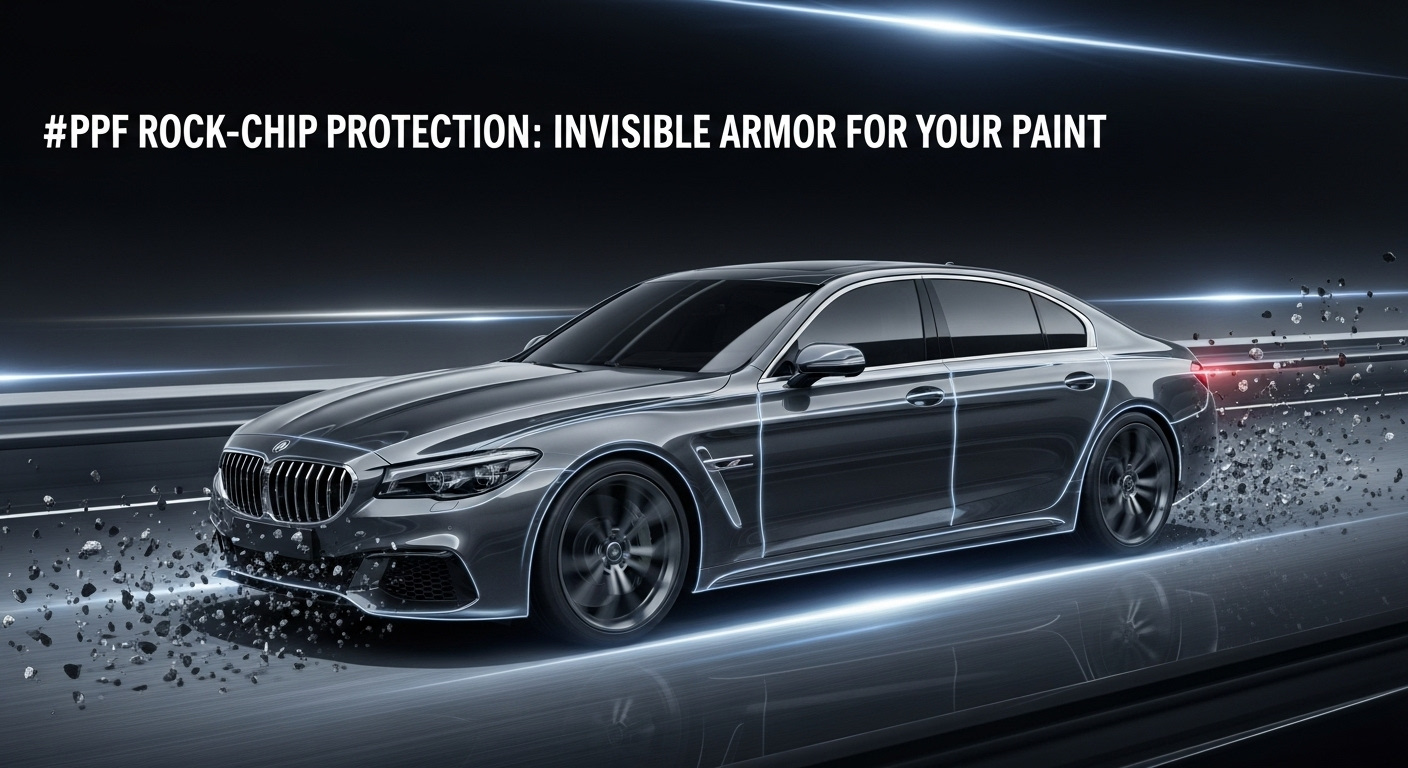
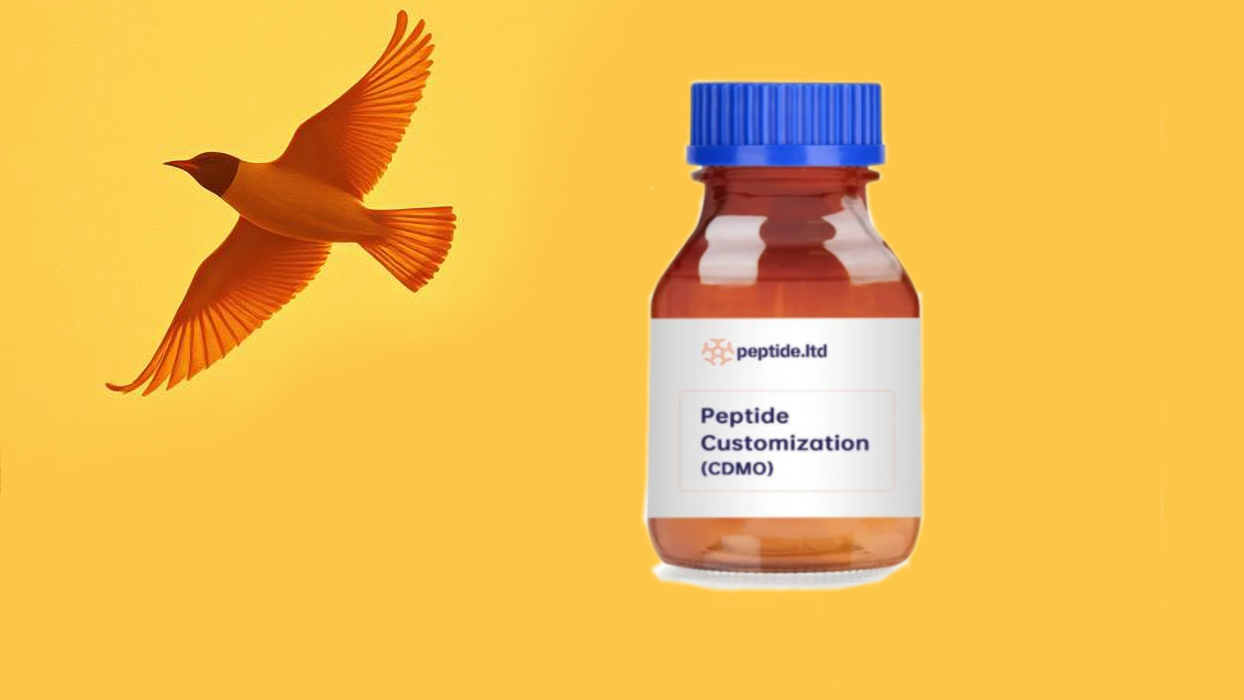
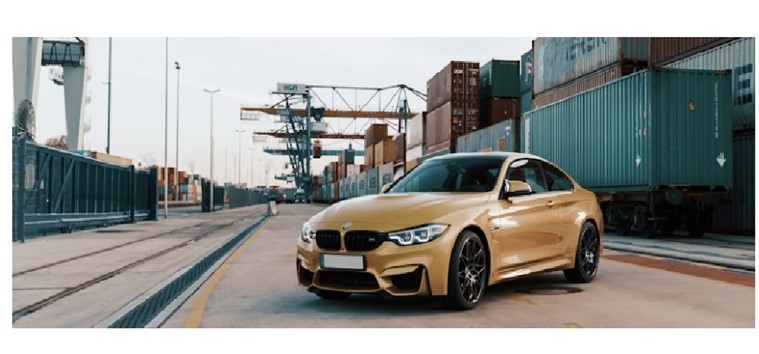
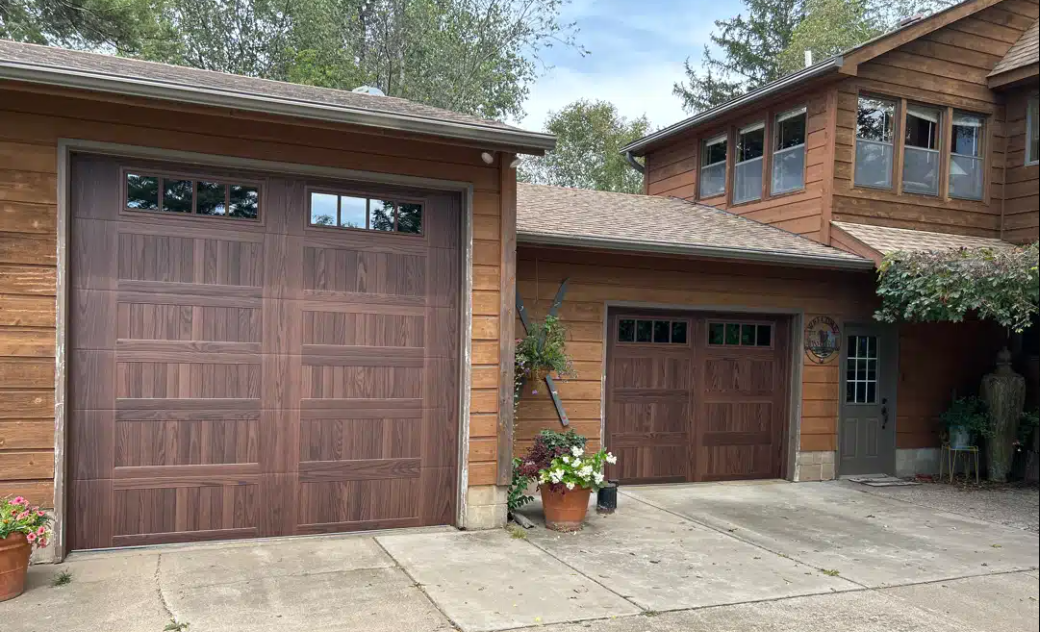










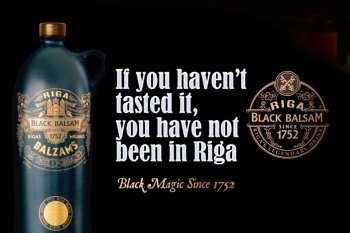




Comments